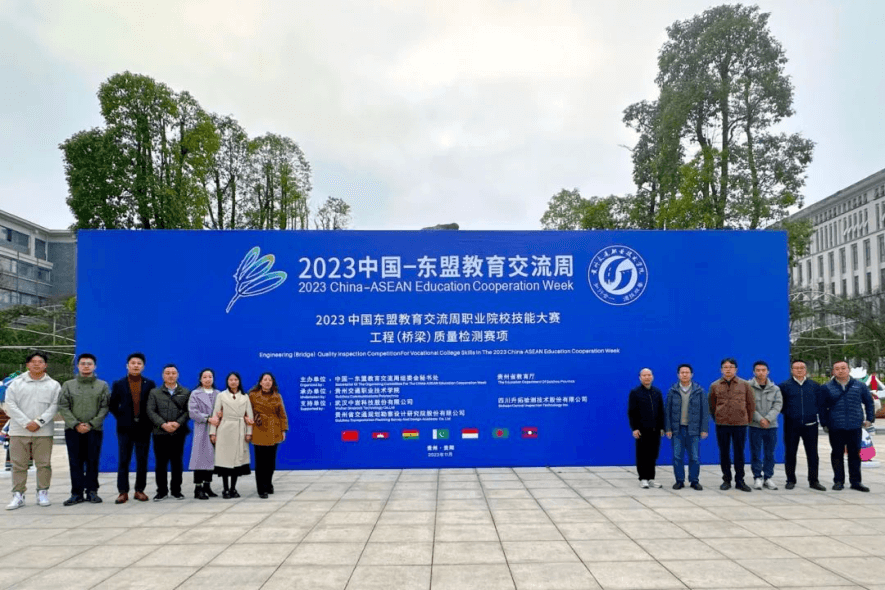Nuclear grade stainless steel tubular defect detection - Application of ACFM technology in civil nuclear energy field
1 Inspection background:
To ensure the manufacturing quality of the welded structure and ensure its safe operation, the generation and outflow of welding defects must be controlled through inspection. In the nuclear power system, due to the corrosive media transported inside the pipeline or the harsh external environment of the pipeline operation, stainless steel pipes are usually used to improve their safety.
2 Inspection status:
For stainless steel small diameter pipe, the conventional detection technology has great limitations. Because of the thin tube wall, ultrasonic detection is limited. Conventional surface and near-surface defect detection methods, for stainless steel, magnetic particle detection can not be used; Penetration testing can only detect surface opening defects. Eddy current testing is limited by the penetration depth, and the detection effect is not good enough for pipes with slightly larger wall thickness (2-3mm). At present, the most commonly used detection method is X-ray detection, but the disadvantage is time-consuming and laborious, and there are security risks.
3 Test method:
ACFM technology can ensure the stability of probe scanning by making chain scanning frame and probes suitable for different pipe diameters, so as to realize the defect detection of stainless steel small pipe.

4 Technical advantages:
1, based on the principle of electromagnetic induction, to avoid the problem of ultrasonic detection of the blind area;
2, suitable for carbon steel, stainless steel, aluminum alloy and other materials, to solve the problem that magnetic powder detection can not detect stainless steel;
3, can detect near surface defects, make up for the lack of penetration detection can only detect surface opening defects;
4, the detection depth of stainless steel can be up to 5mm, and the small pipe wall can be fully detected at one time, solving the problem of insufficient eddy current detection depth;
5, no pollution to the environment and human body, to avoid the safety problems of X-ray detection, immediate output results, improve the inspection efficiency.

5 Typical applications:
1, stainless steel small tube, thin-wall stainless steel welding defects detection;
2, dissimilar steel butt pipe, composite steel surface defect detection.



